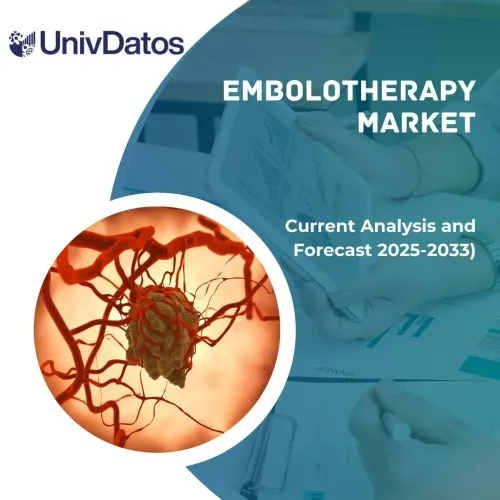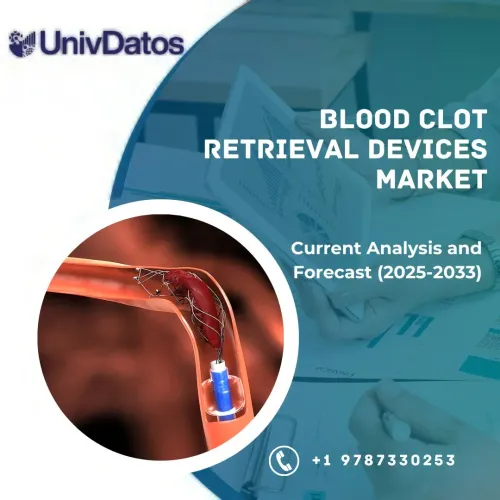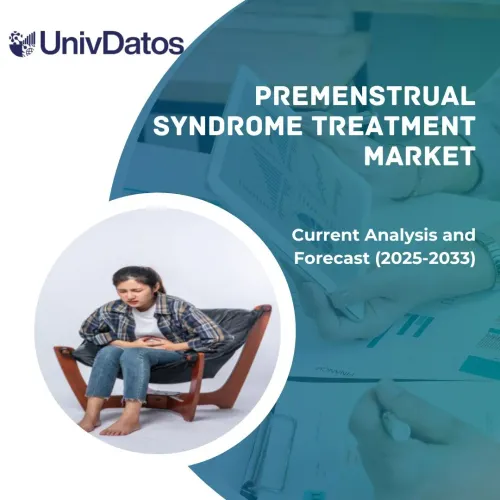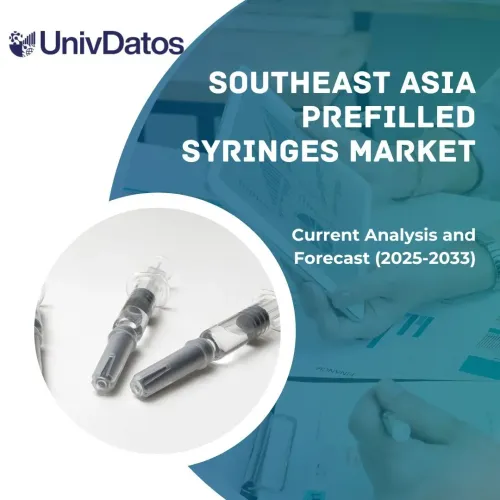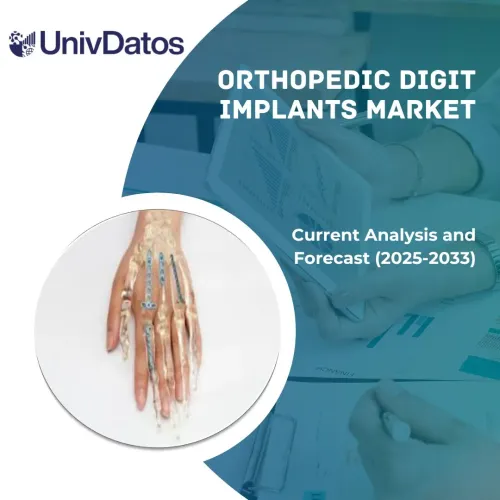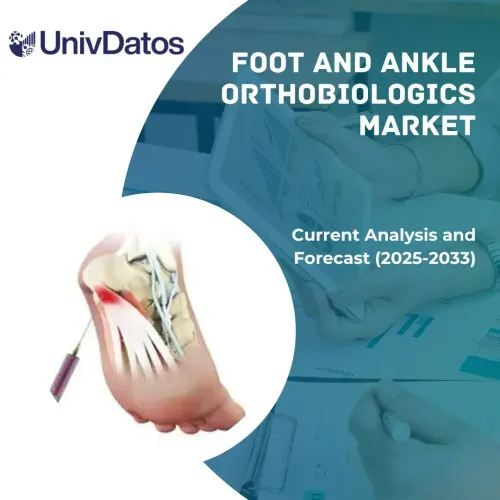- Home
- About Us
- Industry
- Services
- Reading
- Contact Us
Veterinary Dermatology Drugs Market: Current Analysis and Forecast (2022-2028)
Emphasis on Animal Type (Companion Animal and Livestock Animal); Route of Administration; (Topical, Injectable, And Oral); Indication (Parasitic Infections, Allergic Infections, and Others); Distribution Channel (Retail, E-Commerce, and Hospital Pharmacies); and Region/Country
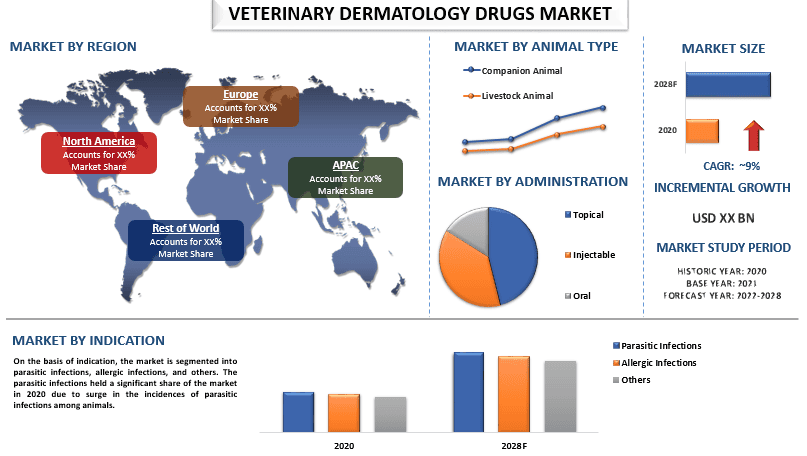
Global Veterinary Dermatology Drugs Market is expected to grow at a significant rate of around 9% during the forecast period. This is due to the subsequent rise in the number of pet owners and the increase in the prevalence of skin diseases such as parasitic skin diseases, alopecia, dander-related skin disorders, intrinsic skin infections, mild to harmful skin cancer, autoimmune skin diseases, other internal skin abnormalities. Moreover, companies are also launching new products which will further propel the market’s growth. For instance, in January 2021, Ceva Animal Health introduced Douxo S3 Pyo skincare pads for cats and dogs. These pads are expected to improve this range by providing an easy-to-administer antibacterial activity while hydrating and protecting the skin’s environment. Apart from this, in September 2020, Bioiberica released the two newest products in its dermatological line, Atopivet Mousse and Atopivet oral suspension. The company’s goal with this introduction was to treat atopic dermatitis in dogs and cats at all layers of the epidermis and dermis.
Elanco; Vetoquinol; CEVA; Zoetis; Vivaldis; Bimeda, Inc.; Boehringer Ingelheim; Bayer; Merck KGaA; and Mars, Incorporated are some of the key players in the market. Several M&As along with partnerships have been undertaken by these players to facilitate customers with hi-tech and innovative products/technologies.
Insights Presented in the Report
“Amongst route of administration, oral category to hold a dominant share in the market in 2020”
Based on route of administration, the market is categorized into topical, injectable, and oral. The oral category dominated the market in 2020 due to the wide availability of drugs in the form of pills, tablets, feed additives, and others. Moreover, product launch by the companies is also driving the segmental growth. For instance, in September 2020, Bioiberica expanded its offering of dermatological solutions and introduced the oral and topical dermatology product line Atopivet.
“Amongst animal type, the livestock animal category to witness higher CAGR during the forecast period”
On the basis of animal type, the market is segmented into companion animal and livestock animal. The livestock animal category is expected to grow with a higher CAGR during the forecast period. The growth of the market can be attributed to the upsurge in cattle population, coupled with the growing adoption of livestock monitoring technology. According to the United States Department of Agriculture (USDA), in July 2020, there were about 103.0 million cattle and 32.1 million beef cows in the United States as of July 2020 and are expected to grow substantially in coming years.
“Amongst indication, the allergic infections to witness higher CAGR during the forecast period”
On the basis of indication, the market is segmented into parasitic infections, allergic infections, and others. The allergic segment is to witness a higher CAGR during the forecast period. The rising incidence of ailments such as atopic dermatitis and other itch disorders, particularly in companion animals, is anticipated to support market expansion. It is also anticipated that more decisions about pet care would be made by pet owners, which will accelerate market expansion. The market is also likely to be boosted by the increasing number of research and development partnerships among market players. For instance, in January 2020, Boragen teamed up with one of the world’s top animal health companies to work on research and development (R&D) for a new treatment for canine atopic dermatitis.
“North America to hold a significant share in the market”
In 2020, North America held a significant share of the global veterinary dermatology drugs market, which is due to several factors, including fast regulatory approvals of novel products, rising awareness about animal health, and surge in animal health expenses. Furthermore, rapid increase in the number of pet owners is also a key driver propelling the market growth. According to “Pet Keen” research published in May 2022, a projected 38% of Canadian homes own a cat, and 35% own a dog. Furthermore, the source above indicated that pet owners in Canada are spending more money on their pets than ever before, with 17% of owners prepared to spend more than USD 500 per year on pet healthcare. Thus, the above-mentioned factors are driving the regional market during the forecast period.
Reasons to buy this report:
- The study includes market sizing and forecasting analysis validated by authenticated key industry experts.
- The report presents a quick review of overall industry performance at one glance.
- The report covers an in-depth analysis of prominent industry peers with a primary focus on key business financials, product portfolio, expansion strategies, and recent developments.
- Detailed examination of drivers, restraints, key trends, and opportunities prevailing in the industry.
- The study comprehensively covers the market across different segments.
- Deep dive regional level analysis of the industry.
Customization Options:
The global veterinary dermatology drugs market can further be customized as per the requirement or any other market segment. Besides this, UMI understands that you may have your own business needs, hence feel free to connect with us to get a report that completely suits your requirements.
Table of Content
Research Methodology for the Veterinary Dermatology Drugs Market Analysis (2022-2028)
Analyzing the historical market, estimating the current market, and forecasting the future market of the global veterinary dermatology drugs market were the three major steps undertaken to create and analyze the adoption of veterinary dermatology drugs in major regions globally. Exhaustive secondary research was conducted to collect the historical market numbers and estimate the current market size. Secondly, to validate these insights, numerous findings and assumptions were taken into consideration. Moreover, exhaustive primary interviews were also conducted, with industry experts across the value chain of the global veterinary dermatology drugs market. Post assumption and validation of market numbers through primary interviews, we employed a top-down/bottom-up approach to forecasting the complete market size. Thereafter, market breakdown and data triangulation methods were adopted to estimate and analyze the market size of segments and sub-segments of the industry pertains to. Detailed methodology is explained below:
Analysis of Historical Market Size
Step 1: In-Depth Study of Secondary Sources:
Detail secondary study was conducted to obtain the historical market size of the veterinary dermatology drugs market through company internal sources such as annual reports & financial statements, performance presentations, press releases, etc., and external sources including journals, news & articles, government publications, competitor publications, sector reports, third-party database, and other credible publications.
Step 2: Market Segmentation:
After obtaining the historical market size of the veterinary dermatology drugs market, we conducted a detailed secondary analysis to gather historical market insights and share for different segments & sub-segments for major regions. Major segments are included in the report as animal type, route of administration, indication, and distribution. Further country-level analyses were conducted to evaluate the overall adoption of testing models in that region.
Step 3: Factor Analysis:
After acquiring the historical market size of different segments and sub-segments, we conducted a detailed factor analysis to estimate the current market size of the veterinary dermatology drugs market. Further, we conducted factor analysis using dependent and independent variables such as various animal type, route of administration, indication, and distribution channel of veterinary dermatology drugs. A thorough analysis was conducted for demand and supply-side scenarios considering top partnerships, mergers and acquisitions, business expansion, and product launches in the veterinary dermatology drugs market sector across the globe.
Current Market Size Estimate & Forecast
Current Market Sizing: Based on actionable insights from the above 3 steps, we arrived at the current market size, key players in the global veterinary dermatology drugs market, and market shares of the segments. All the required percentage shares split, and market breakdowns were determined using the above-mentioned secondary approach and were verified through primary interviews.
Estimation & Forecasting: For market estimation and forecast, weights were assigned to different factors including drivers & trends, restraints, and opportunities available for the stakeholders. After analyzing these factors, relevant forecasting techniques i.e., the top-down/bottom-up approach were applied to arrive at the market forecast for 2028 for different segments and sub-segments across the major markets globally. The research methodology adopted to estimate the market size encompasses:
- The industry’s market size, in terms of revenue (USD) and the adoption rate of the veterinary dermatology drugs market across the major markets domestically
- All percentage shares, splits, and breakdowns of market segments and sub-segments
- Key players in the global veterinary dermatology drugs market in terms of products offered. Also, the growth strategies adopted by these players to compete in the fast-growing market
Market Size and Share Validation
Primary Research: In-depth interviews were conducted with the Key Opinion Leaders (KOLs) including Top Level Executives (CXO/VPs, Sales Head, Marketing Head, Operational Head, Regional Head, Country Head, etc.) across major regions. Primary research findings were then summarized, and statistical analysis was performed to prove the stated hypothesis. Inputs from primary research were consolidated with secondary findings, hence turning information into actionable insights.
Split of Primary Participants in Different Regions
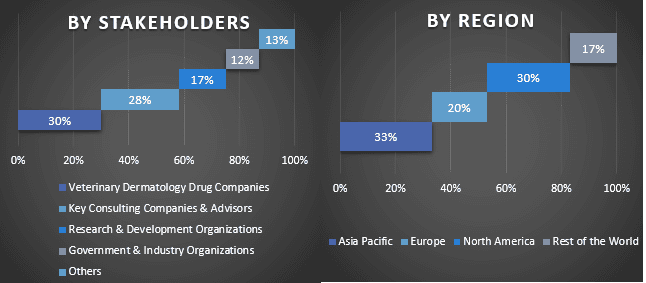
Market Engineering
The data triangulation technique was employed to complete the overall market estimation and to arrive at precise statistical numbers for each segment and sub-segment of the global veterinary dermatology drugs market. Data was split into several segments & sub-segments post studying various parameters and trends in the areas of animal type, route of administration, indication, and distribution channel in the global veterinary dermatology drugs market.
The main objective of the Global Veterinary Dermatology Drugs Market Study
The current & future market trends of the global veterinary dermatology drugs market were pinpointed in the study. Investors can gain strategic insights to base their discretion for investments on the qualitative and quantitative analysis performed in the study. Current and future market trends determined the overall attractiveness of the market at a regional level, providing a platform for the industrial participant to exploit the untapped market to benefit from a first-mover advantage. Other quantitative goals of the studies include:
- Analyze the current and forecast market size of the veterinary dermatology drugs market in terms of value (USD). Also, analyze the current and forecast market size of different segments and sub-segments
- Segments in the study include areas of target area and end-user.
- Define and analysis of the regulatory framework for the veterinary dermatology drugs industry.
- Analyze the value chain involved with the presence of various intermediaries, along with analyzing customer and competitor behaviors of the industry.
- Analyze the current and forecast market size of the veterinary dermatology drugs market for the major region.
- Major countries of regions studied in the report include Asia Pacific, Europe, North America, and the Rest of the World.
- Company profiles of the veterinary dermatology drugs market and the growth strategies adopted by the market players to sustain in the fast-growing market
- Deep dive regional level analysis of the industry
Related Reports
Customers who bought this item also bought



